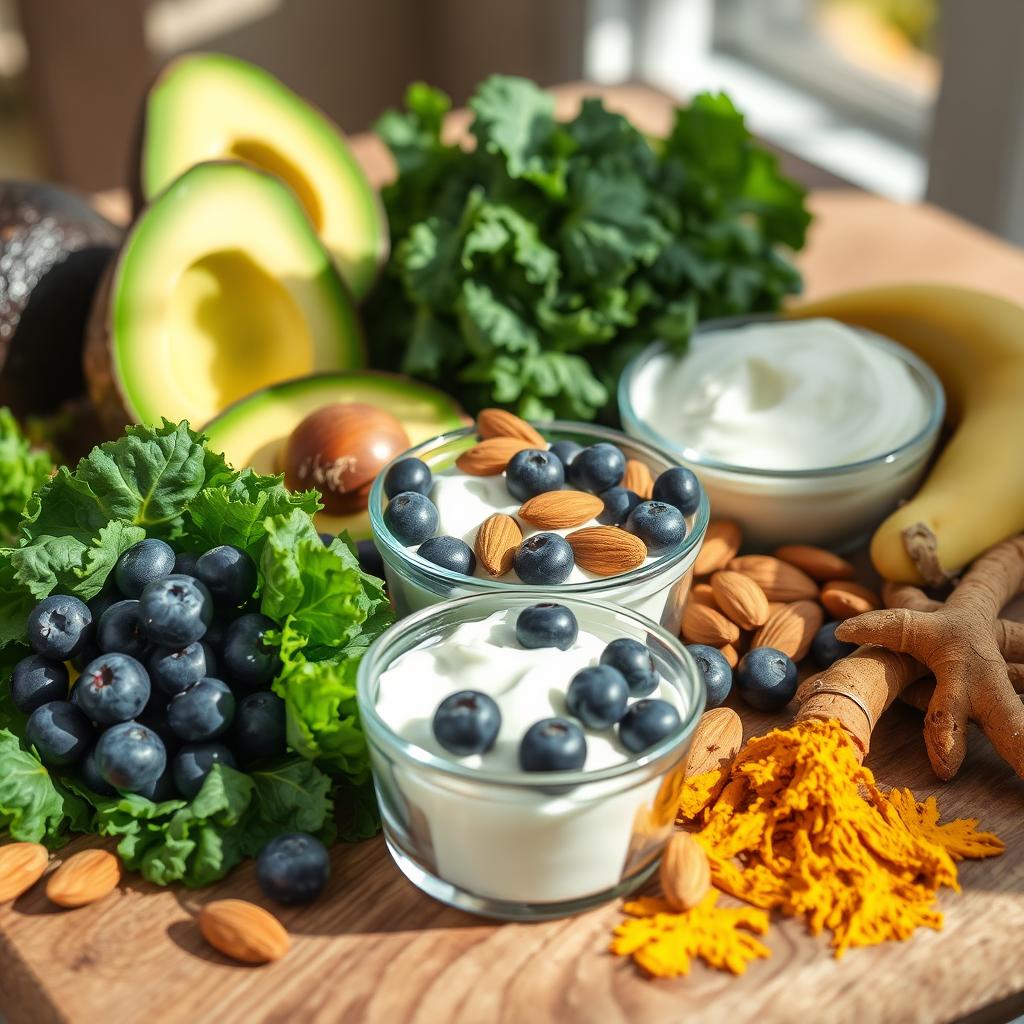If you’ve ever spotted cashew nuts in stores, you might be curious about their source—the cashew fruit. Many people focus only on the nut, but can you eat cashew fruit? The answer might surprise you. Cashew fruit, also known as cashew apple, is a vibrant and juicy part that grows alongside the nut. It’s popular in some countries but relatively unknown elsewhere. This tasty and nutritious fruit has a lot to offer beyond just the nut, from its unique taste to its health benefits. Let’s explore what makes cashew fruit special and how you can enjoy it.
What Is Cashew Fruit?
The cashew tree produces two parts: the familiar cashew nut and the cashew fruit. The nut dangles beneath the fruit like a little helmet, which can be confusing. The cashew fruit itself is pear-shaped and bright yellow, orange, or red when ripe. It’s juicy, fragrant, and soft, quite unlike the hard nut we often see roasted and salted.
Unlike many fruits you find in a grocery store aisle, the cashew fruit is tricky to handle because the nut’s shell contains a toxic resin called urushiol, the same chemical found in poison ivy. This makes harvesting a bit complicated, which is partly why the fruit is less common outside countries where it grows naturally, such as Brazil, India, and parts of Africa.
Can You Eat Cashew Fruit Raw?
Yes, you can eat cashew fruit raw, but it’s important to be careful. The fruit’s skin and the area near the nut contain irritants that can cause skin rash or discomfort if not handled properly. Most people enjoy only the juicy flesh inside, avoiding the skin and nut shell. When ripe, the cashew apple tastes sweet and slightly tangy, with a bit of astringency that gives it a refreshing edge.
Many locals enjoy biting into the fruit much like a juicy pear or mango. But if you’ve ever bitten into one unprepared, you might notice a resinous or bitter taste in some parts. The safest way is to peel or slice the fruit and eat just the soft inner pulp.
Taste and Texture of Cashew Fruit
The cashew fruit’s taste is quite special. You might find it hard to classify—it’s sweet but has a tartness that tickles your tongue like a lemon mixed with a mango. Some say it’s tropical and refreshing, bursting with juice that can brighten a hot day.
Here’s a quick flavor snapshot:
| Flavor Profile | Description |
|---|---|
| Sweet | Natural sugars give it a honey-like sweetness |
| Tart | A slightly sour zing similar to citrus |
| Astringent | Leaves a dry, puckery feeling if skin is eaten |
| Juicy | High water content makes it very refreshing |
The texture is soft and spongy, somewhat fibrous but juicy. It’s best eaten fresh or processed into juices or jams, which help mellow the sharpness.
Health Benefits of Cashew Fruit
Besides tasting good, cashew fruit offers some health perks. It’s full of Vitamin C, even more than oranges in some cases, which supports your immune system and helps your skin glow. The fruit also carries antioxidants and minerals that aid your body in fighting off infections and staying energized.
- Rich in Vitamin C: Helps boost immunity and promote skin health.
- Antioxidant Properties: Protects cells from damage caused by free radicals.
- Good Source of Fiber: Aids digestion and keeps your gut happy.
- Contains Minerals: Such as magnesium and potassium for heart and muscle support.
However, because it’s juicy and sweet, eating it in large quantities might upset sensitive stomachs. Moderation is key.
How to Enjoy Cashew Fruit
Wondering how to enjoy the cashew apple without any mishaps? Here are some tips to make the most of this unique fruit:
1. Eat It Fresh
Peel the skin carefully to avoid the sap near the nut. Slice the fruit and enjoy the soft flesh. Many locals eat it like this during harvest season. Just remember to wash your hands afterward if you touch the shell.
2. Juice It
Cashew fruit juice is a popular drink in countries where the fruit is common. It’s refreshing and slightly tangy—perfect for a hot day. You can mix it with other tropical fruits like pineapple or mango to balance the flavor.
3. Make Jam or Jelly
Because of its tartness, cashew fruit works well in jams or jellies. Cooking it with sugar helps reduce the bitter notes, making a tasty spread for bread or crackers.
4. Ferment It
In some regions, cashew fruit is fermented into alcoholic beverages, similar to wine or cider. This gives it a completely new flavor profile and extends its shelf life.
Precautions When Handling Cashew Fruit
While the fruit is delicious, a little caution goes a long way. The shell of the cashew nut contains a skin irritant, and some of this resin can get on the fruit’s skin. Here are some tips to ensure a safe experience:
- Always wash the fruit thoroughly before peeling.
- Avoid touching your face or eyes while handling the nut or its shell.
- Wear gloves if you’re cracking the nut open at home.
- Discard the nut shell properly—you don’t want that oily resin lingering around.
By following these steps, you can enjoy the fruit without worrying about any nasty rashes or itching.
Cashew Fruit Around the World
Though it’s uncommon in many supermarkets, cashew fruit has a rich place in local cuisines, especially in tropical countries:
- Brazil: The fruit is eaten fresh and used to make juice and sweets.
- India: People enjoy the fruit raw or incorporated into chutneys and jams.
- Africa: Cashew fruit juice and alcoholic drinks are popular in some regions.
If you ever visit a local market in these places, don’t hesitate to try the cashew apple. It’s a unique experience that connects you to the culture and flavors of the region.
On a side note, if you’re looking for simple, tasty options for busy days, consider checking out some popular frozen meals. They can be a lifesaver when your schedule is jam-packed.
Conclusion
So, can you eat cashew fruit? Absolutely. It’s a tasty, nutritious, and unique fruit with a sweet-tart flavor that’s worth trying. Just remember to handle it carefully due to the toxic resin around the nut shell. Whether you enjoy it fresh, juiced, or cooked into jams, the cashew fruit offers a delightful alternative to the usual fruits you find. Next time you come across a cashew apple, go ahead and give it a try—you might just discover a new favorite tropical treat.





